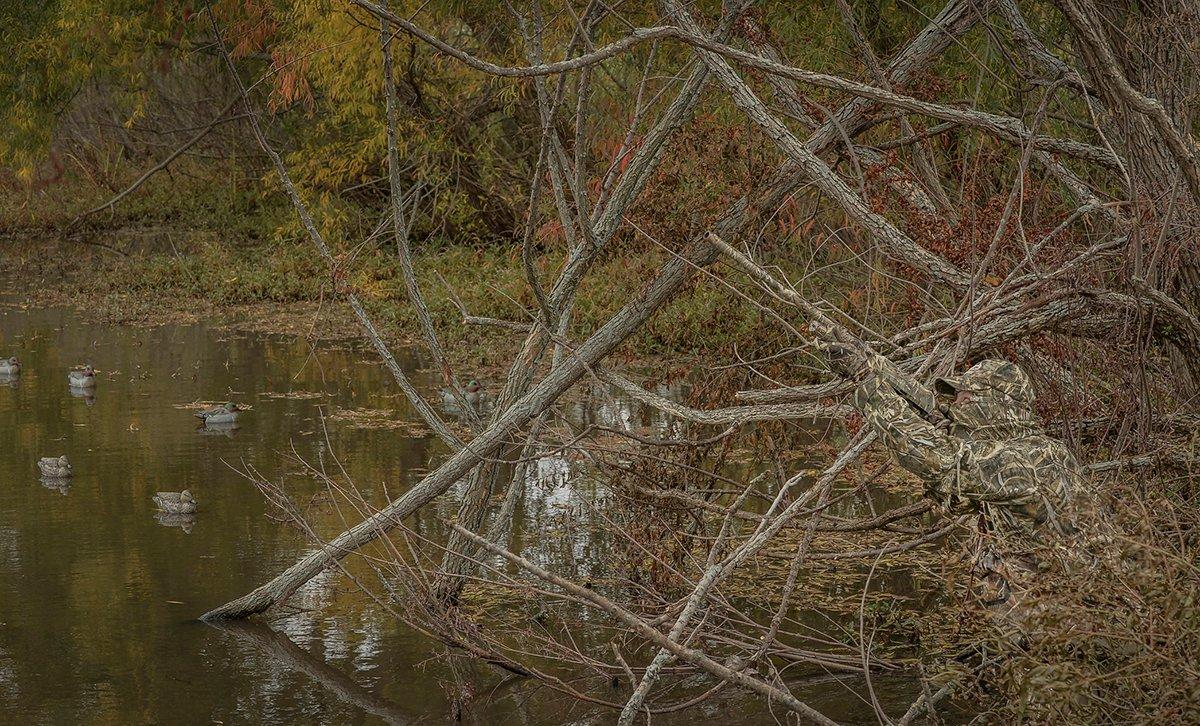Duck Identification Improves During Year 2 of Study

How have they fared? Pretty well, according to a summary from one state.
In 2014, the U.S. Fish and Wildlife Service offered a new experimental early-September teal season to northern production states in the Mississippi Flyway for a three-year trial. Wisconsin, Iowa and Michigan accepted, with different season structures. The FWS required state agencies to observe and record hunter behavior during encounters with various duck species to measure the potential harvest impact on teal and nontarget species.
In Wisconsin, a team of 24 wardens and wildlife biologists observed 44 teal hunting parties during 2014 and 40 in 2015. In 2014, observers recorded 132 flocks of ducks within shooting range of the hunters, 41 percent of which were teal. Other species included mallards, 25 percent, and wood ducks, 29 percent.
In 2014, observed hunting parties did not shoot at 86 percent of the non-teal ducks that flew past in range. Thirty-eight of the 44 parties, or about 86 percent, were in complete compliance. Three parties were partly compliant, and three were in total violation.
During 2015, all 40 parties observed were in complete compliance, as no observed hunters shot at non-target ducks. That's more noteworthy considering 267 flocks of ducks — more than twice the number from 2014 — flew past hunters in range.
This result is very impressive and shows a combination of restraint and proper duck identification by the observed hunting parties, Wisconsin Department of Natural Resources staffers wrote in Early Teal Season in Wisconsin: Year 2 Summary of 3-Year Experimental Season. The improved behavior between the two years could be a result of improved duck identification and/or restraint, or that only more skilled duck hunters participated.
It's interesting to note that Wisconsin restricted shooting hours somewhat during the early teal season to help with duck identification. Legal shooting began at 9 a.m. opening day and sunrise subsequent days, and then closed at 7 p.m.
Of course, many other waterfowlers hunted Wisconsin's early teal season without being observed, and not all were compliant. Citizens made 39 law-enforcement hotline calls reporting violations during the 2014 and 2015 early teal seasons. Wardens received additional complaints. They issued 29 citations in 2014 for taking or attempting to take migratory game birds during a closed season (that is, killing or shooting at ducks other than teal). In 2015, they issued 22 such citations.
However, Wisconsin officials say overall hunter behavior during the first two early teal seasons has been positive. They will monitor hunters again in 2016 and then coordinate those observations with studies from Iowa and Michigan. Biologists will then report those results to the FWS and Mississippi Flyway Council for conclusions of the three-year experimental season.
… It appears that hunters may be learning and adjusting to this new opportunity, the report said.
Click here for more Realtree waterfowl hunting content. And check us out on Facebook.







